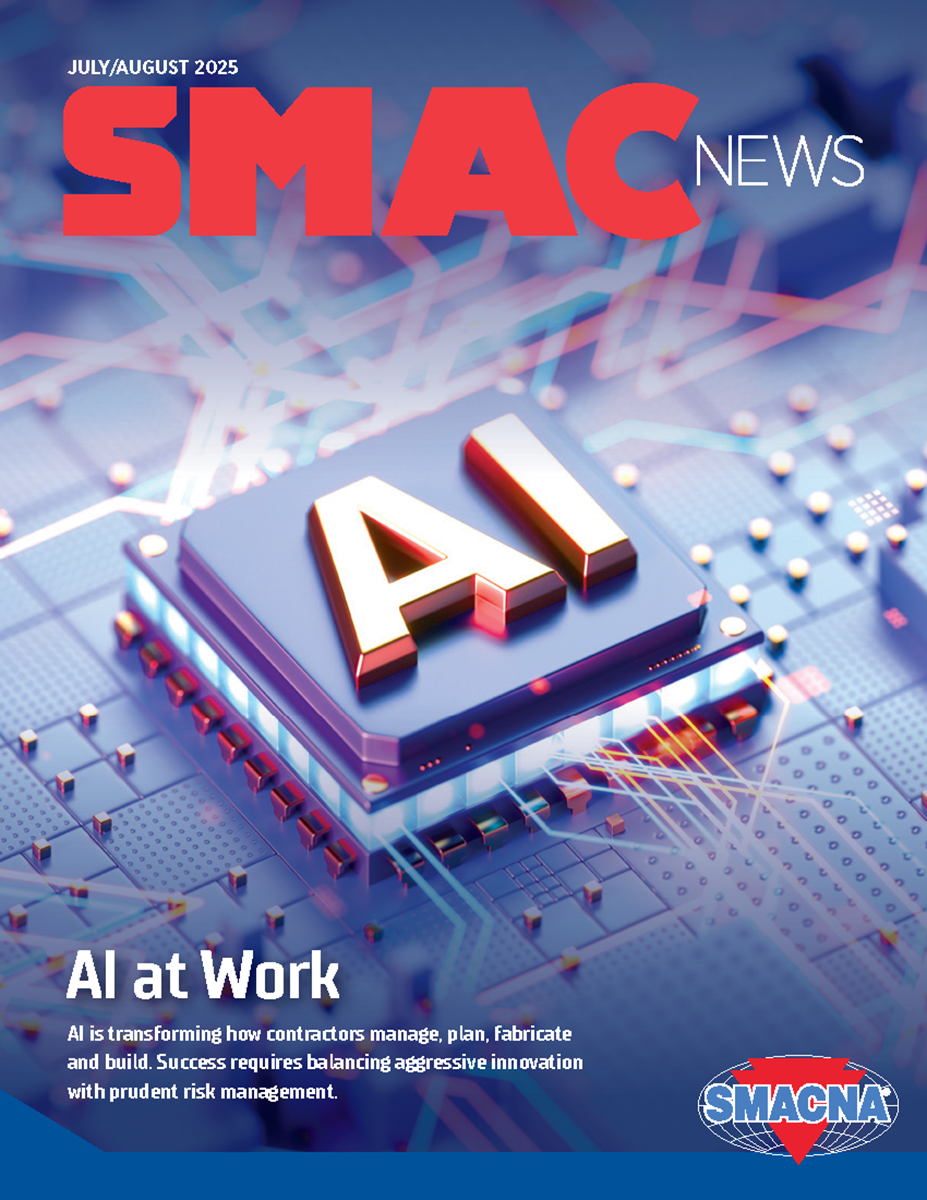Workforce Evolution Trends: What Construction Leaders Should Know
The dynamics of the construction labor workforce are shifting, fueled by a growing labor shortage, evolving employee expectations and a sizable portion of the workforce nearing retirement.
 To stay competitive, close the skills gap, and adapt to change, the following are key workforce considerations for the construction industry today:
To stay competitive, close the skills gap, and adapt to change, the following are key workforce considerations for the construction industry today:
- Aging Workforce and the Skills GapWith 40% of the construction workforce nearing retirement, many experienced workers are leaving the industry at a faster rate than they can be replaced. Despite increased enrollments in trade schools and apprenticeships, contractors must directly address this significant skills gap to meet project demands themselves.
Forward-thinking companies are investing in mentoring initiatives, such as strategic partnerships with community colleges, vocational schools, and apprenticeship programs, to facilitate skill transfer and enhance their talent pipelines. While some experienced professionals may initially resist these changes, viewing mentorship as “babysitting,” rather than a strategic handoff of knowledge, it’s essential to reframe the effort as an investment in the company’s legacy. Technology Is Transforming the Workforce
By 2030, it is expected that 70% of workers will require advanced skills in technologies such as artificial intelligence (AI), data analytics and robotics to remain competitive in their respective industries. To bridge the growing skills gap, contractors should invest in training to ensure that workers possess these skills and shift hiring practices to prioritize recruiting candidates who combine traditional trade skills with digital capabilities.Changing Work Preferences Among Younger Workers
Across professions, younger generations, particularly Millennials and Gen Z, are prioritizing work-life balance, career advancement and a positive workplace culture. To attract and retain this talent, construction firms must look beyond traditional pay structures and consider flexible work options. Many contractors are adopting customized deferred compensation, bonus and retirement plans. Employee retention strategies should include clear career progression plans, regular feedback mechanisms and continuous training opportunities.Gig Work and the Rise of Flexible Labor Models
In response to labor shortages, many contractors are adopting flexible workforce models, such as gig-style arrangements, part-time roles and project-based contracts, which are likely to become more prevalent as labor shortage problems worsen. Some firms create internal talent pools of on-call specialists and others leverage digital platforms to connect with independent contractors.While this approach provides specialized expertise and greater flexibility to adapt to fluctuating project demands, careful management is essential to ensure project continuity and maintain quality standards.
Strategic Partnerships
External pressures, including impacts from tariffs, rising material costs, market volatility and supply chain disruptions, are prompting contractors to explore more collaborative business models. Contractors are forming partnerships with neighboring businesses or firms in adjacent markets to pool resources and share risks, allowing them to take on more complex projects. Many contractors are also establishing formal talent-sharing networks, enabling employees to move between companies as project demands fluctuate.Alternative Ownership Structures
As retiring owners evaluate their exit strategies, succession planning has become a priority in the industry. Private equity-backed consolidations are on the rise, resulting in larger, more capitalized firms with increased resources. Many contractors are exploring alternative ownership structures, such as Employee Stock Ownership Plans (ESOPs) or gradual internal transitions, to preserve company culture and create opportunities for employee growth and development.
For more information, contact Ronald J. Eagar, CPA, CCIFP Partner at Grassi, at reagar@grassiadvisors.com, through www.grassiadvisors.com or 516-336-2460.
Published: August 28, 2025
IN THIS ISSUE
A SMART Partnership
SMACNA's President reflects on his long history of collaboration with SMART General President Michael Coleman.
AI in Construction: Navigating Opportunities and Risks for SMACNA Contractors
These next few years will be important for the construction industry, as artificial intelligence transforms key elements of how contractors operate.
ARCHITECTURAL: Crafting a Custom Vision in Steel
Thompson Solutions Group brought Plan Architecture’s wood-look steel façade to life at Little Priest Tribal College, combining precision, speed and SMACNA-backed expertise.
Artificial Intelligence: An Introduction
Since late 2022, when ChatGPT was introduced, we’ve been hearing more and more about AI, usually with more hype than explanation.
HVAC: Welded With Precision, Driven by Purpose
MechOne builds more than ductwork as it shapes the future of Colorado’s HVAC industry.
INDUSTRIAL: Leading the Charge
Toronto Sheet Metal Contractors Association member Black & McDonald installed HVAC systems and duct for Ontario’s first electric vehicle battery plant. The work required extensive communication with numerous trades.
Making AI Work: Tips & Tricks for Contractors
We are in the midst of another technology revolution, one as important as the internet or mobile phones, with artificial intelligence (AI) tools becoming increasingly accessible and practical for contractors of all sizes.
Progress, Partnerships and Possibility
SMACNA's CEO examines some of the association's work in critical subject matter areas.
RESIDENTIAL: How Zipf-Air Boosted Profits by Going Residential
By flipping his business model and focusing on customer service, high-end brands and Indoor Air Quality, John Zipf turned a commercial-heavy HVAC company into a thriving residential operation.
Trump Backs Biden-Era EO Mandating PLAs for Large Federal Construction Projects
In a surprising continuation of his predecessor’s labor policy, President Donald Trump’s administration announced on June 12, 2025
Welcome New SMACNA Members
What’s in H.R. 1, The New Tax Bill, and What It Means for SMACNA Contractors
Workforce Evolution Trends: What Construction Leaders Should Know
The dynamics of the construction labor workforce are shifting, fueled by a growing labor shortage, evolving employee expectations and a sizable portion of the workforce nearing retirement.


